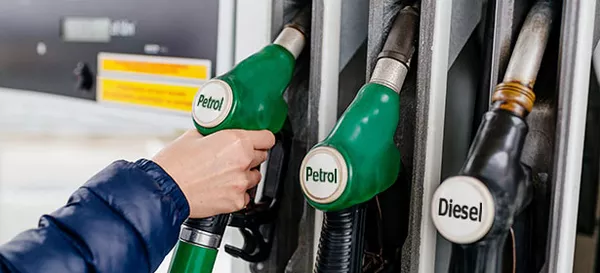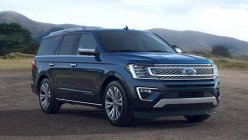We’ve all heard about how a driver’s license is more of a privilege than a right, and we’re equally aware of the countless instances where people who presumably held licenses acted otherwise on the road. In my case, a driver’s license is more akin to a membership card, in the sense that it grants me access to a specific circle: people who are independently mobile and possess a greater degree of freedom.
But along with the liberty of being able to go practically anywhere at a moment’s notice, being a motorist also means shouldering certain responsibilities, not the least of which is having to go through license renewals every three (now five) years.
There’s the hassle of having to pay penalties in case you commit a traffic violation in the Philippines, as well as applying for a new card in case you misplace your license; depending on which branch of the LTO you file for a replacement, you’ll either get it on the same day or after several months. Aside from that, I’ve found that there are other things I began paying attention to, things that I’d most likely take for granted if I wasn’t driving at this age.
1. Tiny hazards on the road
On days when I’m not behind the wheel, I switch to pedestrian mode. I’ve always been fond of walking even in my younger years, so it’s not that difficult to transition from four wheels to two legs whenever I need to venture outside. Besides, sometimes I do leave the car at home on purpose, mainly because it’s not that far where I’m going and I’d like to avoid the inconvenience of waiting for an available parking slot.
Anyway, during the times when I’m traveling on foot, I make sure to scan the path ahead and all around. No, I’m not looking for money that some poor soul may have dropped (I only manage to pick up coins, at any rate), but something more insidious: nails and other sharp objects.
A nail, metal screw or a piece of aluminum wire isn’t that big of a deal as long as it’s not standing with the sharp end up and you’re wearing the appropriate footwear. But for a car’s rubber tires (especially tubeless radials), it spells danger. If you’re lucky, that offending metal spike will just wedge itself between the grooves on the tire treads. But more often than not, it will very likely puncture your tire and leak out air, leaving you to deal with a flat when you least expect it.
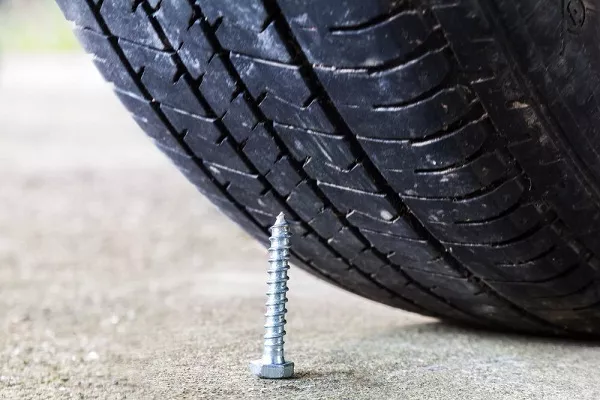
A small object like a nail on the road can spell danger to your car
Having been driving for almost a decade and a half, I’ve had my share of encounters with a flat tire, sometimes at inopportune moments like very late at night. It starts out as heavier-than-usual feedback on the steering (if it’s the front tire) or slower acceleration (if it’s the rear tire), then the car starts to lean towards the side of the flat tire.
Usually, I’m lucky enough to come across the flat in the morning before I drive out for the day, which means the car can still hobble along to the nearest tire shop to patch up the hole. I’ve even experienced having the same tire punctured twice in a span of two days.
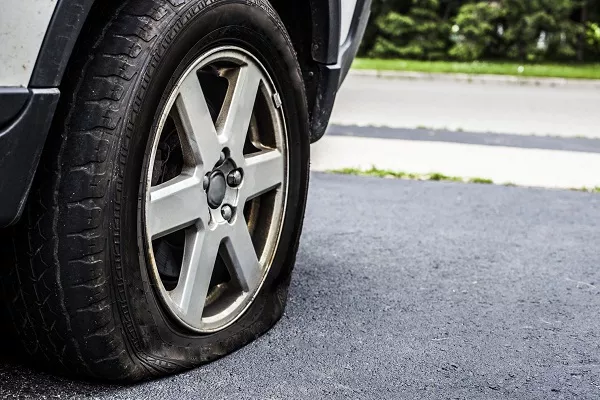
Having a flat tire in the morning is a nightmare for every driver
A metallic object doesn’t need to have a sharp end to do damage to a tire. When we got our first car, we took it on a road trip to Tagaytay, passing by SLEX and Sta. Rosa, but there was a faint clicking sound throughout the trip. After arriving at our destination, I made a cursory check of all four tires to see what might be causing the noise.
Sure enough, I found the culprit on the right rear tire: a discarded welding electrode had embedded itself on the tire, hitting the wheel well every time the tire rotated at speed. Since there was no vulcanizing shop nearby, we had to put up with the noise on the drive back home. At one point, even a metal piece from an umbrella managed to puncture my tire.
There’s really no way to determine at which exact point in your journey your car might have gotten punctured, so it could happen anywhere. Oftentimes I’ve taken just a few steps from our house only to come across a nail lying on the street, so I pick it up and throw it in the nearest trash bin. And I take extra care when driving through construction sites, where discarded nails, screws and wire clippings are more likely to litter the surrounding area.
2. Coding days
Traffic in Metro Manila being what it is, authorities have implemented a variety of methods in an attempt to keep as many people moving as our limited infrastructure can accommodate at a given time. One of these methods is the Unified Vehicle Volume Reduction Program, otherwise known as the number coding scheme. The program rations road space by prohibiting vehicles from using specific major thoroughfares on certain days, according to the last digit of their plate numbers, and is in effect from 7am to 7pm on weekdays.
Previously, the program observed a window period (typically between 10 am and 3 pm) to allow prohibited cars to use the roads, since the main intention was to reduce the number of cars during rush hour. In October 2016 however, the window hours were removed, meaning that areas that have the number coding in effect are completely off-limits to all affected vehicles from morning to night. It bears noting that the original form of the UVVRP back in 1995 similarly called for a 12-hour ban of public utility vehicles along EDSA.
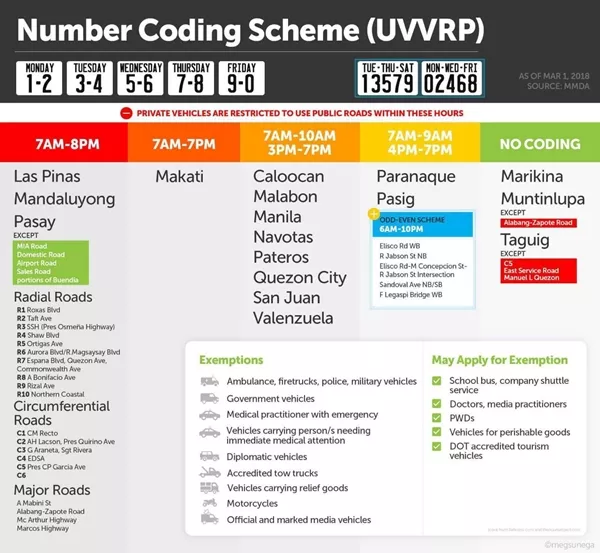
In Metro Manila, the number coding is effective during weekdays – Monday to Friday
Now, it’s easy enough to remember which coding day the car falls on, since each weekday corresponds to two digits. I currently have Tuesday as my coding day, since the plate ends in 3. Back when the window hours were still in effect, I could bring the car to most parts of Metro Manila, but I had to be careful not to venture into either Makati or San Juan (which do not observe the window hours).
One tricky part is when a particularly long thoroughfare spans several areas that don’t consistently enforce the scheme. For instance, the 110-kilometer Marcos Highway begins in Marikina (which doesn’t enforce the number coding scheme) but then passes through Pasig City (which does).
>>> You might like to read: That Day in a Week: Number Coding in the Philippines
Another thing that complicates things right now is that certain jurisdictions enforce their own version of the coding scheme. Pasig City for example, imposes an odd-even traffic program from 6am to 10pm on F. Legazpi Bridge in Bgy. Maybunga, Greenwoods and Sandoval Ave. in Bgy. Pinagbuhatan, and San Guillermo Ave. in Bgy. Buting.
Plates ending in even numbers are not allowed Mondays, Wednesdays and Fridays, while those ending in odd numbers should keep off every Tuesday, Thursday and Saturday. This means that even if it’s a Thursday and I’m allowed to drive to Ortigas Ave. under the general coding scheme, I’d still have to avoid Pasig under their localized version.

Special Odd-Even Scheme in some areas in Pasig City
There are also holidays to take into consideration. The number coding scheme is automatically suspended during national holidays, but where special holidays are concerned, it’s usually on a per case basis. My previous car had a license plate ending in 5, and one time we were let off early from work for the Holy Week.
Driving on the road at 3pm, I noticed a traffic enforcer attempting to flag me down. I give it much thought until hours later upon reaching home, when I realized it was my Wednseday coding day and that the exemption wasn’t in effect until the next day, Maundy Thursday.
3. One-way streets
Back when I was commuting, I rarely paid any attention to one-way street signs since they didn’t really apply to pedestrians, and I could always just rely on the driver of whatever vehicle I happened to be riding at the time. Now that I’m driving, I’m extra attentive to them. You might even say I’ve developed an aversion, at least for areas that I’m not familiar with.
It’s not just a matter of safety for me, in terms of avoiding going the wrong way and potentially colliding with another car; local government units tend to confiscate your license in cases of traffic violations. Not only will you have to deal with paying a penalty, you’ll need to personally redeem your license at city hall, and may even have a seminar on traffic rules thrown in. All that potentially throws a monkey wrench to your schedule for the day.
Makati City and San Juan are two examples of areas with numerous one-way streets. If I especially had to go to Makati, I either leave the car at some other place and commute, or I plot out a route to my exact destination using a fold-out map, resisting the temptation to deviate from the route using shortcuts even during the worst of traffic jams. Asking a traffic enforcer for directions isn’t really my cup of tea, especially since I’ve come across horror stories of corrupt road officers confiscating licenses for the flimsiest of reasons.
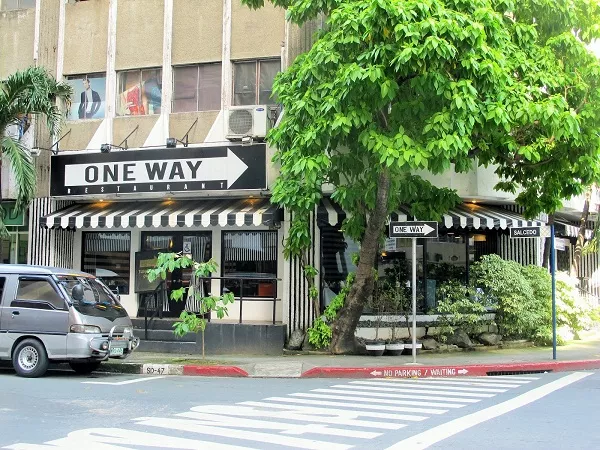
If having to go to Makati, it's better to leave the car at some other place and commute
Even though things are relatively easier now with GPS and other navigation apps, I still don’t take chances. Part of my Makati routine now is parking at a mall some distance away from my destination, and then catching a jeepney instead. It’s a bit cumbersome, but at the very least I can rest easy knowing that the car is properly parked indoors, since the city is now literally clamping down on streetside parkers.
4. The fuel gauge
Few things bother me more than a fuel gauge that goes down quicker than it should, especially as I’m quite conscious about my budget. A car that gulps down its fuel thirstily is bad news for my wallet.
I previously drove a diesel car, which is generally considered thrifty compared to an equivalent gasoline one. Even so, I’d diligently check the tire pressure to make sure it’s not running underinflated, take down unnecessary cargo from the back to reduce weight, and keep my shift points early (as low as 1500 RPM).
It might be a challenging task to tell the diesel vs gasoline differences
>>> Also check out: Pros & cons of buying diesel vs gasoline cars in the Philippines
The car had an analog gauge, and my rule of thumb was that the needle should hover around the quarter mark three days after my most recent full tank; after four more days, the needle should be at the halfway mark. Any earlier than that becomes a cause of concern for me.
In my efforts to make my fuel last longer, I would even explore alternate routes that I can take advantage of in case I encounter heavier traffic than usual. I found that spending 30 minutes idling in traffic was far more wasteful than an hour going around a longer route that didn’t have any.
You could say it was a physics lesson in practice, where the longer, traffic-free route allowed me to sustain forward momentum and minimize having to move from a standstill, which is where a car tends to consume the most fuel.
I learned to gingerly apply pressure on the gas pedal when accelerating, instead of wantonly stabbing it, and the fuel gauge rewarded me with miserly readings. If the open road ahead of me ran for kilometers on end with rarely any other car in sight, I’d leisurely accelerate and hold at 2,000 RPM, corresponding to around 75 kilometers per hour, which yielded my personal fuel consumption thus far (14.5 kilometers per liter), considering the size of the car traveling from Subic to Rizal.
The only downside was sustaining it for extended periods of time, since I did not have the benefit of cruise control.
5. Parking rates
Where there’s vehicular traffic at any given place in the city, there’s an opportunity to offer parking spaces. It wasn’t a problem for me when I could easily hop from one mode of public transport to the next, but whenever I bring my own set of wheels for business or leisure, parking is always a major consideration.
And it’s not just the mere presence of parking space; it’s also about the price. Some parking spaces will charge you as much as what you might spend for lunch. In the absence of free parking, thank your lucky stars if you happen to stumble across flat-rate parking for the whole day, which is what one major mall used to offer on weekdays before they realized there was more money to be made out of charging hourly rates.

Have you tried to park in shopping cart areas yet?
At a certain popular business district, every parking facility thrives on hourly charges, while an adjoining mixed-use area imposes an hourly fee that is even more expensive than the initial base rate.
When I used to work for a certain company, I’d spend up to an hour in line along with other employees, looking for a vacant parking slot (unless I arrived really early, which wasn’t always the case). If I really had to get to the office on time, that’s when I’d go for paid parking. The latter typically ranges from streetside parking for a flat fee under the watch of a casual parking attendant, to dedicated facilities with a slightly higher asking rate.
One establishment offers basement parking at a price of P40 for the first three hours and P20 for every hour thereafter, while another charges P50 for the first three hours and P10 for every succeeding hour. A nearby mall offers all-day parking for P50 on weekdays, but then you’d have to factor in the fare you’d need to spend to get to the office.
Parking becomes even more sought after during weekends, when many families troop to the malls for leisure time, and is practically non-existent when there’s a sale in effect. I guess it speaks volumes about the fact that Filipinos still brave parking fees just for the convenience of being able to use personal transportation.
Recent posts
- Complete list of LTO fines and penalties in the Philippines Aug 17, 2022
- A complete guide to safe driving in the Philippines Feb 11, 2019
- Essential safe driving tips for elder drivers in the Philippines Nov 12, 2018
- Women need to keep these 6 safe driving tips in mind Oct 07, 2020
- 5 easy car parking tips for Filipino drivers Oct 28, 2024
